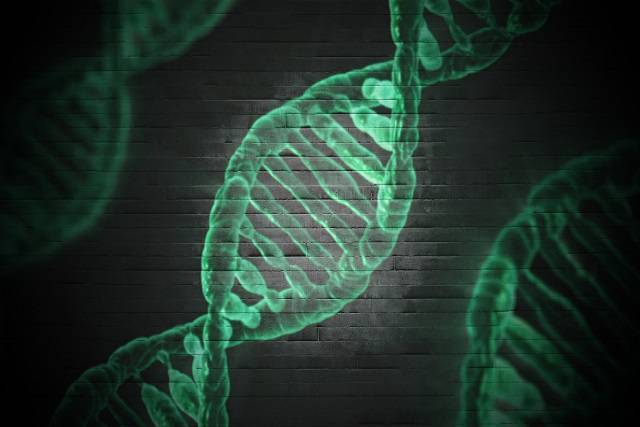KIT FOR THE GENOTYPING OF THE GENETIC POLYMORPHISM -1131T / C OF THE APO A5 GENE
Description
Apolipoprotein A5 is one of the protein components of chylomicrons, very low density lipoproteins (VLDL) and high density lipoproteins (HDL). Different studies have shown that it is a powerful modulator of plasma triglyceride levels, considered an independent vascular risk factor. Since the discovery of the gene in 2000, numerous mutations and polymorphisms have been described, some of them associated with dyslipidemia and also with an increased risk of vascular diseases. This is the case of the -1131T / C polymorphism. However, the known genotyping methods present a series of drawbacks that are partially or completely solved by the present invention, referring to a set of primers, probes, procedure and kit for the genotyping of genetic polymorphisms, more specifically for the genotyping of the polymorphism -1131T / C gene of the APO A5 gene. The basic foundation of the present invention consists of a single PCR reaction in which the 5 'exonuclease activity of the Taq polymerase enzyme is used. Four oligonucleotides are present in the PCR reaction: two specific primers that weaken the polymorphism of interest and two fluorogenic linear probes, specific for each allele. These probes are labeled at the 5 'end with a reference fluorochrome, different for each probe, and a quenching molecule at the 3'. When the probes are intact, the signal emitted by the excitation of the reference fluorochrome is captured by the quenching molecule, due to the physical proximity between them, and therefore is not detected. The fluorescent signal, different for each allele, is detected when the probe hybridizes with the totally complementary allele and the reference fluorochrome is released, by the 5 '? 3' exonuclease activity of the polymerase, during the cycles of the PCR reaction.
Advantages
The main advantages of the present invention are:
-High speed that allows large-scale genotyping since the PCR reaction and the detection of the fluorescent signal are simultaneous.
-Automated genotype assignment and immediately obtainable at the end of the reaction.
-High sensitivity that allows samples to be genotyped using very low concentrations of DNA.
-Lower risk of contamination as it is a homogeneous test.
Uses and Applications
This technology is useful for the study of genetic variability that affects most common diseases, being of great interest to the biomedical field.
Keywords
Sectors
Areas
Patent Number
ES2337431
Applicants
UNIVERSIDAD DE MÁLAGA
Inventors
MARIA JOSE ARIZA CORBO, JOSÉ RIOJA VILLODRES, PEDRO MANUEL VALDIVIELSO FELICES, MIGUEL ANGEL SANCHEZ CHAPARRO, PEDRO GONZALEZ SANTOS
Filing Date
22/07/2008
Protection Level: National (Spain)
Processing Status: Spanish patent








